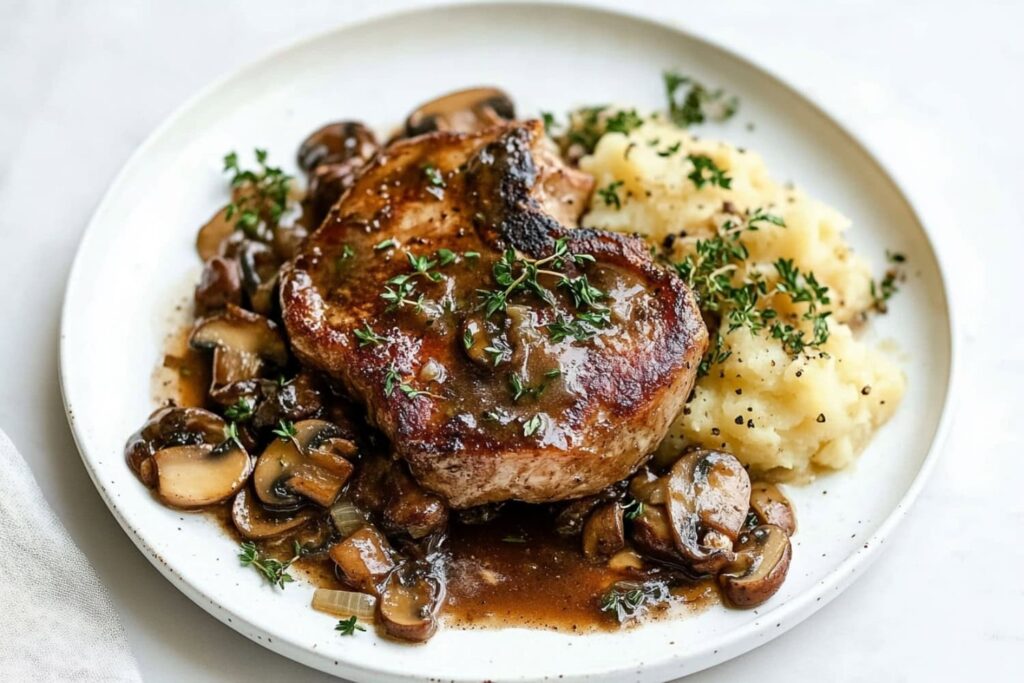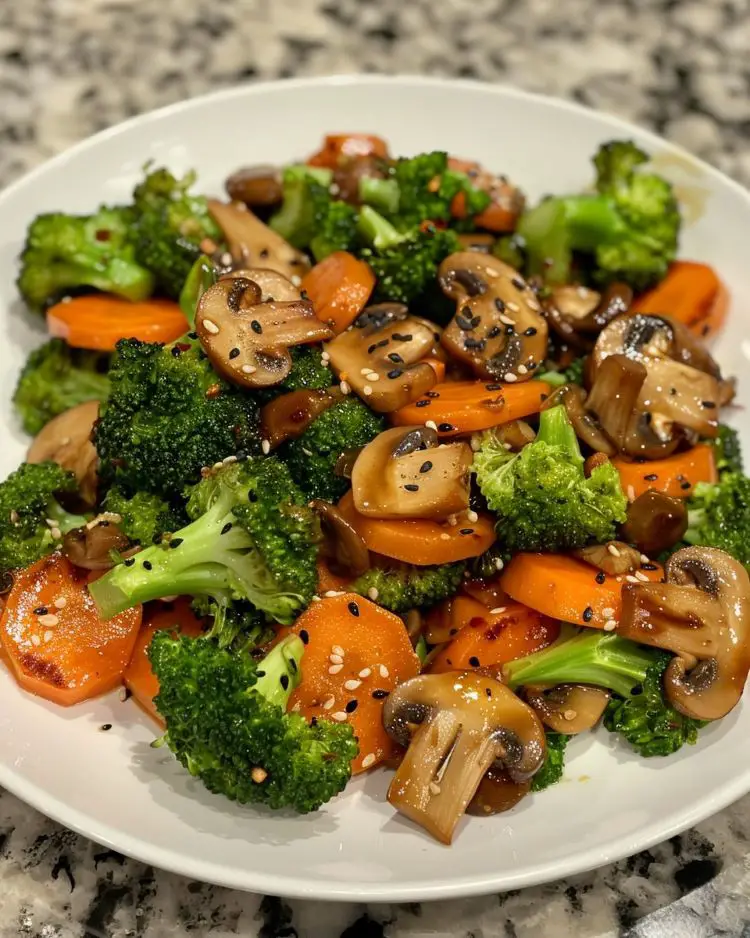Discovering Hoto: A Hearty Japanese Noodle Stew
The history of hoto is as rich and comforting as the dish itself, a delightful noodle-based stew from Japan’s Yamanashi Prefecture, located near Tokyo. While its specific origins are shrouded in mystery, this dish has been referenced in cultural writings such as the Pillow Book from the Heian era (794-1185). Various captivating tales surround hoto, each holding a kernel of truth within its narrative.
One story suggests that the name “hoto” derives from an ancient Chinese cake known as hakutaku, with the dish originally described in the Pillow Book being a dumpling-like treat made from wheat flour. Over time, this term came to encompass various wheat-based dishes.
Another intriguing theory relates to the hardships faced by farmers during the Edo period (1603-1867). Despite being part of the second-highest social class, farmers were prohibited from consuming rice, wheat, or soba (buckwheat noodles) as these were reserved for the aristocrats. Consequently, farmers had to hide their wheat from the watchful eyes of officials, cleverly disguising their wheat dishes under names like hatto or hattoh, which translate to “prohibition.” These meals usually consisted of dumpling soups or wide soba noodles.
Interestingly, the popularity of hoto didn’t truly blossom until the Taisho era (1912-1926), after the restrictions were lifted. Subsequently, it became a staple in the evening diets of Yamanashi locals, often served with hardened hoto over rice for breakfast the following day.
At the heart of authentic Yamanashi hoto is the sweet flavor of pumpkin, particularly kabocha, which served as a natural sweetener during times when sugar was scarce. This hearty dish became a beloved comfort food in the mountainous regions of Yamanashi.
Real hoto is prepared using handmade udon noodles, which are traditionally made without salt and are not allowed to rest, resulting in a perfect chewy texture. If you’re short on time, though, opting for store-bought fresh udon noodles is perfectly fine—just be careful not to overcook them; al dente is what you’re aiming for.
For my umami-packed version, I like to include pork, although chicken or wild boar also work beautifully. If you prefer plant-based options, tofu is a great addition, along with a medley of mushrooms, daikon radish, carrots, burdock root, taro, and aburaage (fried tofu pockets). Some modern twists even incorporate ingredients like curry or butter, which adds a rich depth to the dish. As the temperatures start to dip in the Bay Area, this warm bowl of hoto is a favorite of mine; it’s hearty, filling, and oh-so-easy to prepare. I usually refer to it as my Japanese comfort food for the fall, and the convenience of making it all in one pot is just the icing on the cake!
Ingredients
- 1/2 lb lean, thinly sliced pork
- 3/4 lb kabocha (Japanese pumpkin), washed, seeded, and thinly sliced into half-moon shapes
- 1 package enoki mushrooms, washed and stemmed
- 1 Japanese leek (white part only), well-washed and coarsely chopped
- 2 tbsp butter (or neutral oil)
- 5 cups homemade dashi (fish) stock or water
- 4 tbsp miso paste (equal parts red and white, adjusted to taste)
- 10-1/2 ounces fresh udon noodles
Garnish
- 2-3 tbsp peeled fresh ginger, cut into slivers
Instructions
In a deep medium-sized pot, melt the butter and briefly sauté the pork, pumpkin, mushrooms, and leek until fragrant. Pour in dashi or water, bringing it to a boil. For the best consistency, mix the miso paste with a small amount of broth in a separate bowl before adding it to the pot. Lower the heat to a high simmer, cooking for about 15 minutes, or until the vegetables are tender enough to pierce with a fork.
Add the udon noodles and continue to cook for an additional 5 minutes until they reach your desired texture, which should still be slightly chewy.
Serve steaming hot in large soup bowls and garnish generously with fresh ginger to enhance the flavors.
Notes
This recipe is quite versatile! Feel free to incorporate any additional vegetables you have at home to complement your hoto. Options include:
- Aburaage (fried tofu pockets): Pour boiling water over to remove excess oil, then slice into quarters.
- Your favorite mushrooms: I used shimeji, shiitake, and enoki, but any mushroom variety will work well.
- Satoimo (Taro): Peel and rinse, then cut into halves or quarters and sauté with the other ingredients.
- Burdock Root (Gobo): Peel and slice thinly; sauté until golden and fragrant before adding the remaining ingredients.











